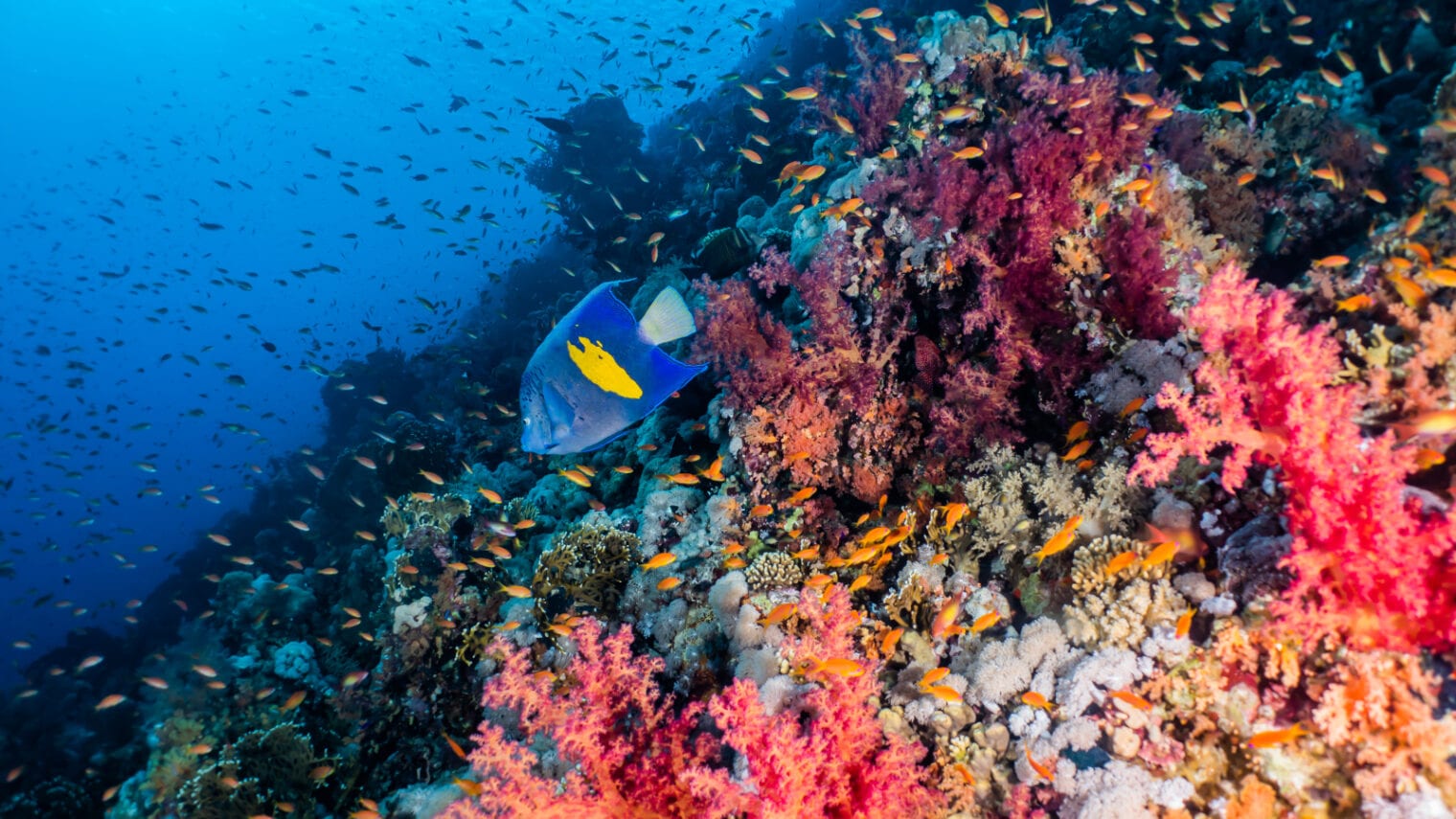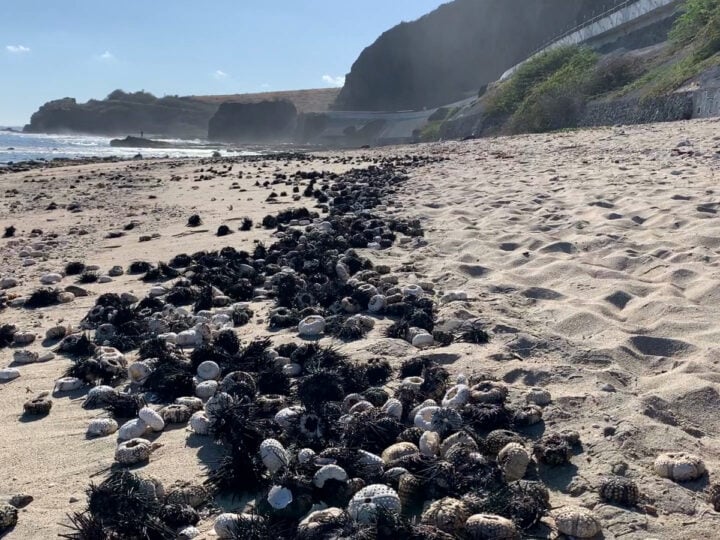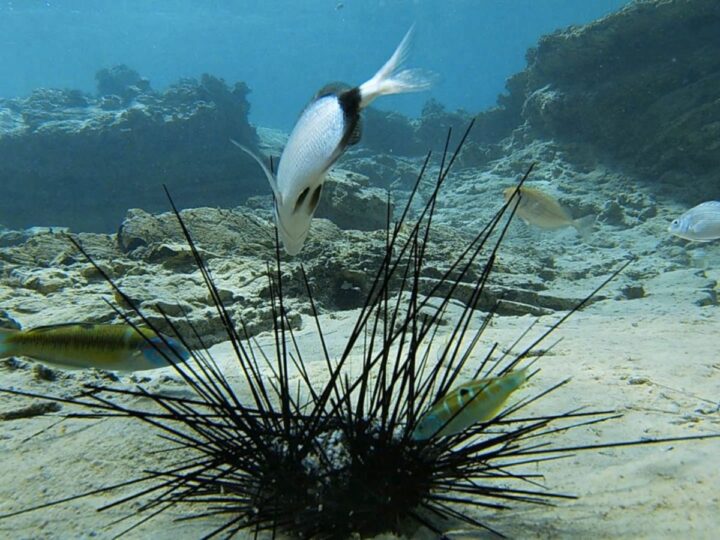While many of the reefs around the world are being put through the wringer by Earth’s deadliest and most-clothed species (that’s us), the diverse clusters of coral found throughout the Red Sea are managing to hold their own.
Unusually tenacious, inexplicably beautiful, and old enough to have high-fived Moses on his way out of Egypt, these corals may hold critical secrets that could aid the conservation of marine reefs around the world.
Marine reefs are among the planet’s most helpful natural wonders. These collections of coral, algae and mollusks support 25 percent of all marine life.
They have the added benefit of looking like someone froze the inside of a multicolored lava lamp and scattered it across the seabed.
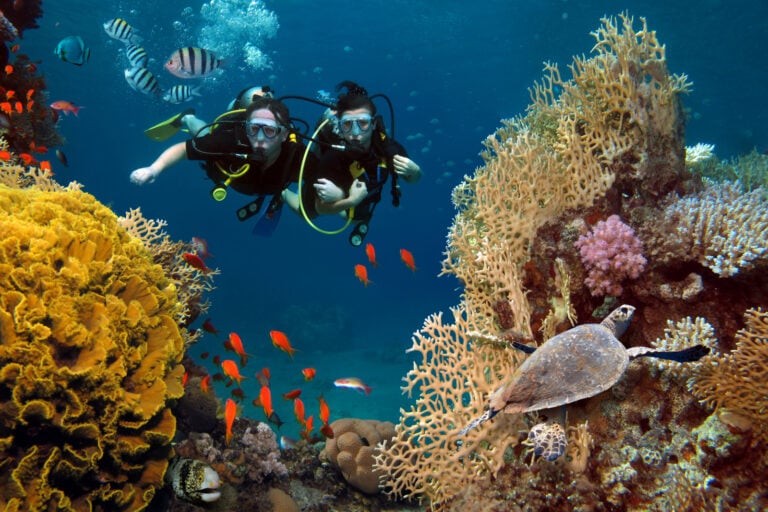
As with most testaments to nature’s beauty, however, humans are doing a decent job of accidentally killing them.
Faced with a host of problems such as overfishing, pollution and rising temperatures and acidification due to climate change, coral reefs have witnessed a serious decline in recent years.
Unusual resilience
While the outlook for Earth’s coral population is both bleak and bleached, there is still hope for its future thanks to researchers who are hard at work studying the relatively healthy reefs of the Red Sea.

One such researcher is Bar-Ilan University’s Professor Oren Levy, an expert in molecular marine ecology. He is currently part of an ongoing EU research study of the effects of light pollution and noise pollution on marine environments.
According to Levy, key factors contributing to the resilience of Red Sea corals include their ability to withstand temperature fluctuations and high salinity, along with unique geological features that offer protection from extreme heat events.
These traits have been passed down from a long genetic line that stretches back thousands of years, when corals from the Indian Ocean began making their way into the Red Sea.
“At the outset of the Holocene period, tectonic changes created a bridge of seawater flowing from the Indian Ocean to the Red Sea. The water in that passage is quite hot, and the Red Sea has very high salinity,” Levy explains.
“The corals that managed to survive and cross this barrier went on to repopulate in the Red Sea.”
Coral transplant?
While Red Sea reefs are not invincible — Levy highlights ongoing threats to its health such as microplastics, chemical, light and noise pollution, and good ol’ fashioned climate change that have caused localized bleaching events, particularly in elevated areas with higher temperatures — these extra-durable marine ecosystems have not experienced mass bleaching on the scale seen in other regions.
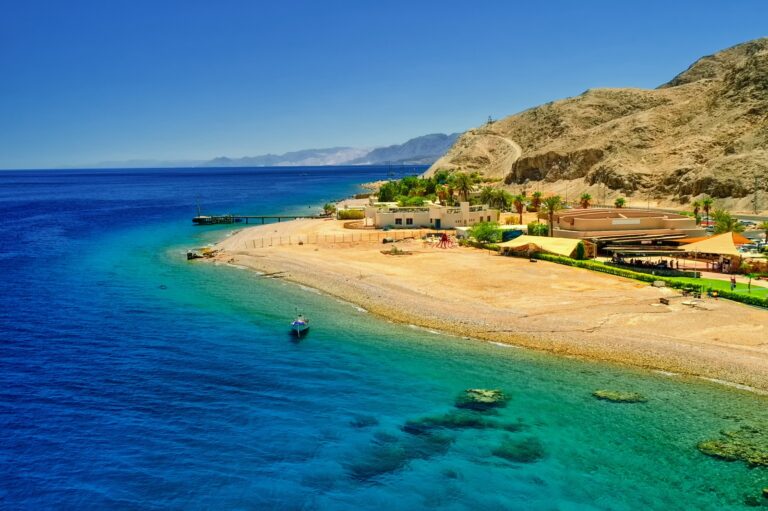
This tenacity has led some to wonder if the key to preserving other reefs around the world could be as simple as giving them a direct transplant of Red Sea coral. Levy is quick to put these speculations to rest.
“It will never work,” he says, noting that such a procedure would be neither simple nor economically feasible.
Unraveling secrets
While direct transplantation of Red Sea corals to other reefs may not be an option, Levy stresses the significance of leveraging insights gained from Red Sea coral research.
By studying these resilient coral populations, researchers aim to uncover genetic, physiological, and biochemical adaptations that could be applied to aid coral conservation efforts elsewhere.
This approach includes passive conservation measures, such as limiting local human-induced threats, as well as active restoration efforts, such as the development of innovative preservation technologies.
“The more information we have, the more we’ll be aware of what kind of restoration we want, or what kind of technology we can apply in the future,” Levy says.
The study of Red Sea reefs offers a blueprint for effective reef conservation on a global scale.
By unraveling the secrets of its resilience and developing conservation strategies, researchers may be able to safeguard the world’s coral ecosystems in the face of mounting threats — and keep them looking funky in the process.




